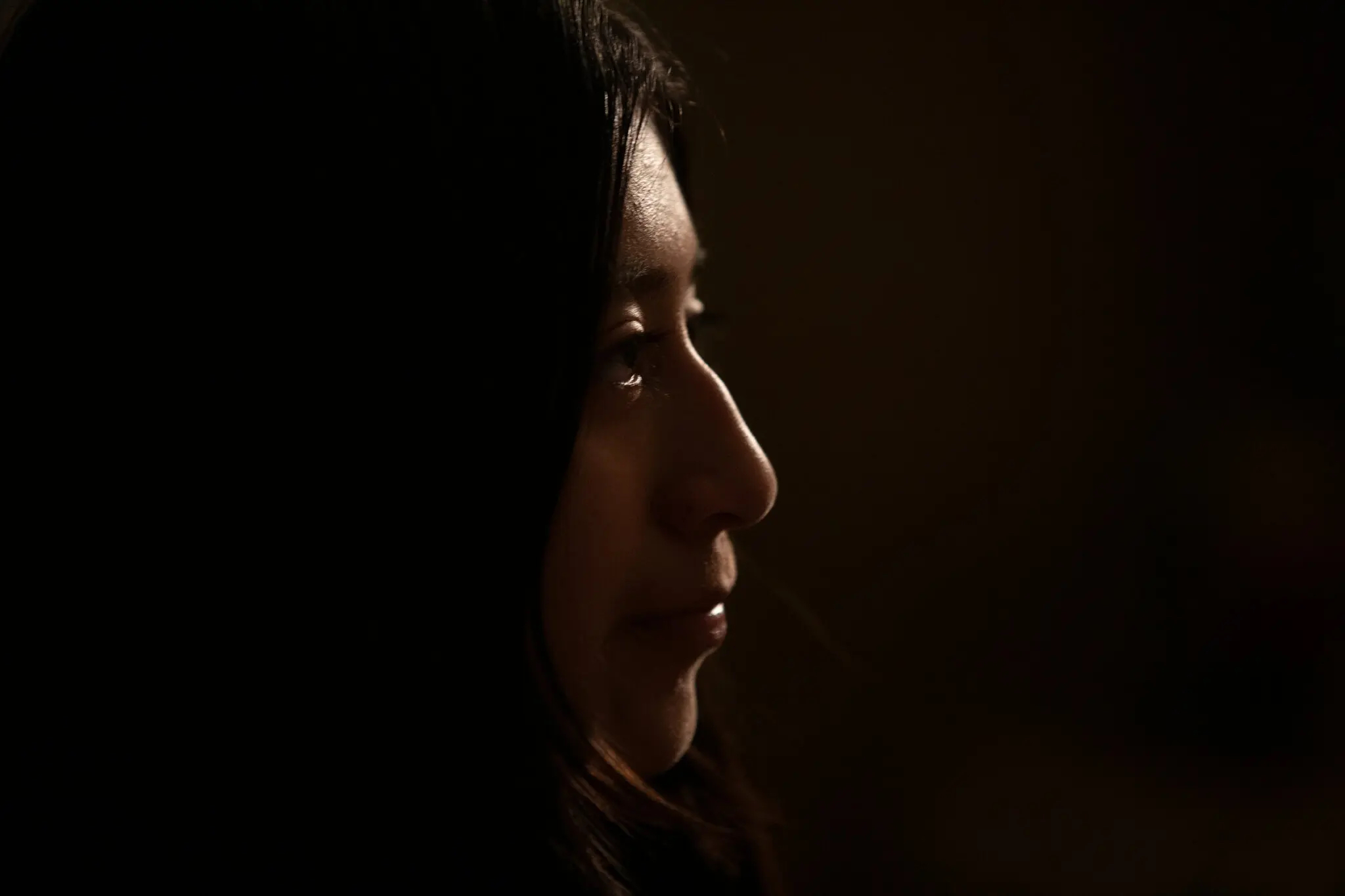Hannah Dreier wins March Sidney Award for Exposing Widespread Child Labor in the United States
Hannah Dreier of The New York Times wins the March Sidney Award for exposing a nationwide shadow workforce of child laborers. Dreier found kids as young as 12 working for major national brands including Whole Foods, Walmart, J. Crew and Frito-Lay, as well as in slaughterhouses, on roofing crews, and in sawmills.
Over the course of her 10-month investigation, Dreier spoke to over 100 child laborers across 20 states. This shadow workforce consists primarily of unaccompanied migrant children from Central America who crossed the border by themselves. Child labor became more prevalent in the U.S. in 2021 as the systems designed to protect them broke down.
At least 280,000 kids have been released into the U.S from federal immigration custody in the last four years. The federal government is responsible for protecting them from exploitation. Unfortunately, in its efforts to move young people out of immigration detention more quickly, the government is placing kids with poorly-screened foster parents. From there, staffing agencies are offering up underage recruits to major corporations.
“Dreier’s reporting had immediate national impact,” said Sidney judge Lindsay Beyerstein. “Days after the story ran, the Biden administration announced a crackdown on child labor and members of Congress are now proposing new legislation to address the crisis.”
Hannah Dreier is an investigative reporter for The New York Times. Before joining The Times in 2022, she wrote about immigration policy, federal disaster aid and police reform at The Washington Post. She previously worked at ProPublica and was a correspondent for the Associated Press in Venezuela. She won the 2019 Hillman Prize and Pulitzer Prize in feature writing for stories about a botched crackdown on the gang MS-13.

Backstory
Q: Walk us through your overall approach to this investigation, giving us a sense of how you broke a nationwide, multi-industry issue down into manageable chunks for reporting.
A: I’m not sure I actually found too many manageable chunks. This story took 10 months of pretty much constant reporting, and involved talking with children as young as 12 and 13 years old about difficult experiences. But my wonderful editor Kirsten Danis helped me come up with a game plan. She encouraged me to keep going to new states and expanding our reporting to new industries. I usually focus stories on just one person, or one small geographic area, and this approach gave the child labor investigation more sweep than anything I’ve worked on before. I think it also helped readers see that this isn’t an issue limited to any one part of the country. It really is happening in their own backyards.
Q: What official documents did you find helpful in this investigation? How did they advance the telling of this story?
A lot of this reporting was drawn from interviews with case managers, federal investigators, and migrant children themselves. But documents were also key.
I put in a public records request last spring with the Department of Health and Human Services for a database of information about every migrant child released in the last four years. HHS took a while to respond, so I worked with The Times’s Deputy General Counsel David McCraw to sue for that and other information. We eventually got data for 280,000 children, and we used it as a tip sheet to figure out where in the country we might be most likely to find children working exploitative jobs. I also used FOIA requests to obtain documents from the Department of Labor and the Department of Homeland Security. The data and documents helped add scope to a story that otherwise might have felt anecdotal.
Q: You spoke to over 100 child laborers, how did you go about locating these kids and convincing them to open up?
A: This was all hiding in plain sight. Finding these children was often as simple as going to a factory parking lot at midnight or at dawn to watch the shift change.
These were not kids working under-the-table jobs. They were working at manufacturers making products for brands including Cheerios, Cheetos, Ford and General Motors. Others were making products sold nationwide at Walmart and Target. Children often told me their real ages right there in the parking lot. I then followed up with their parents and guardians to ask if they wanted to be included in the story. Some families didn’t want to be named, and others decided they wanted to participate fully in hopes of helping others.
Q: Some state legislatures have recently considered bills to legalize child labor. Are you aware of any connection between the push to loosen regulations on child labor and the recent influx of migrant children?
A: It’s important to keep in mind the labor shortage that we’ve seen in this country since the pandemic. Several companies told me they turned to staffing agencies because they were struggling to find enough workers, especially on the night shift. These staffing agencies then brought in migrant children, who were some of the only workers willing to take these grueling, dangerous jobs.
Q: How do you account for the expansion of child labor in the United States?
A: Some of it has to do with deepening poverty in parts of Central America since the pandemic. In Guatemala, in particular, families have been struggling to afford food. Many children who are here working in violation of child labor laws told me they had been skipping meals back home in their villages after the pandemic hit, and had hoped life might be easier in the U.S.
Another element of this is that the Health and Human Services has focused under Biden on releasing unaccompanied children from shelters more quickly. Staff say they do not always have a chance to properly screen the adults taking in these kids for signs they might be planning to exploit the children.
Q: Can you recap the impact that your reporting has had so far?
A: I’ve been surprised by how quickly officials have taken action. Two days after the story ran, the White House announced a series of changes including a new task force, and the Department of Labor announced a broad set of reforms to crack down on migrant child labor.
Members of Congress have already introduced legislation to increase child labor penalties for companies, and are proposing putting executives in jail for up to a year if they hire children. Health and Human Services has pledged to provide more case management for these children after their release. And lawmakers from both parties are promising more action.
Q: What did you learn from this investigation that you will carry forward to your next project?
A: This reporting has made me think a lot about willful ignorance. One special agent at a federal agency who has worked with a good number of trafficked migrant children this year told me he believes we’re all complicit in the growth of this shadow workforce, because we all benefit from it as consumers.
It’s been an open secret in the immigration world that many of the children who cross the border alone end up working full time. I myself almost dismissed this story as too obvious before I really understood the depth of the problem, and the way children are being exploited. Once I understood the scope of what was going on, I started seeing it everywhere. That’s a lesson I will carry forward.


